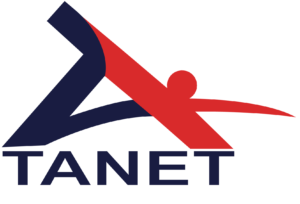In the dynamic world of IT consulting, onboarding is often hailed as the critical first step in building successful client relationships. However, what often gets less attention but is equally vital is the process of offboarding. Offboarding, when executed effectively, can leave a lasting positive impression on clients, fostering trust and setting the stage for potential future collaborations. Let’s delve into the best practices for offboarding from an IT consulting firm.
Understanding Offboarding’s Importance
Offboarding is not merely about tying up loose ends or severing ties; it’s an opportunity to showcase professionalism, integrity, and dedication to client satisfaction. A seamless offboarding process reflects positively on the consulting firm’s brand and can even lead to referrals or repeat business.
Clear Communication and Expectation Setting
Effective offboarding starts with clear communication right from the beginning of the engagement. Ensure that the client understands the project’s lifecycle, including the eventual offboarding phase. Establishing transparent expectations about timelines, deliverables, and transition processes helps mitigate any surprises or misunderstandings later on.
Collaborative Transition Planning
Involve the client in the offboarding process as much as possible. Collaboratively develop a transition plan that outlines responsibilities, timelines, and milestones for both parties. This proactive approach fosters a sense of partnership and ensures that the transition is as smooth as possible.
Knowledge Transfer and Documentation
Knowledge transfer is paramount during offboarding, especially if the consulting firm has been responsible for developing or managing critical systems or processes. Document all relevant information comprehensively, including system configurations, workflows, and best practices. Conduct knowledge-sharing sessions or training workshops to empower the client’s internal teams to take over seamlessly.
Conduct Exit Interviews
Gathering feedback through exit interviews is invaluable for continuous improvement. Encourage clients to share their thoughts, experiences, and suggestions for enhancement openly. Constructive feedback provides insights into areas where the consulting firm excelled and areas that may require refinement in future engagements.
Wrap-up with Gratitude
Expressing gratitude towards the client for the opportunity to collaborate goes a long way. A personalized thank-you note or token of appreciation demonstrates genuine appreciation for the partnership and leaves a positive lasting impression.
Post-Offboarding Support
Even after the formal offboarding process is complete, it’s essential to remain available for any post-offboarding support or assistance the client may need. This commitment to ongoing support reinforces the consulting firm’s dedication to client success and helps nurture long-term relationships.
Continuous Evaluation and Improvement
Finally, don’t overlook the importance of evaluating the offboarding process internally. Reflect on what worked well and areas that could be improved. Incorporate lessons learned into future offboarding strategies to refine and enhance the client experience continually.
In conclusion, offboarding is a critical phase in any consulting engagement that deserves as much attention and diligence as onboarding. By embracing these best practices, IT consulting firms can ensure that the offboarding process is not just a conclusion but a catalyst for future opportunities and sustained client satisfaction. Remember, offboarding isn’t the end—it’s the beginning of potential future collaborations and partnerships.
